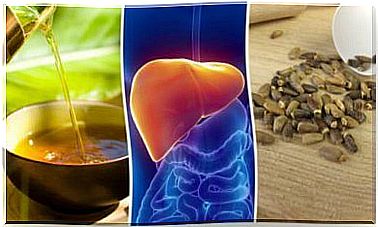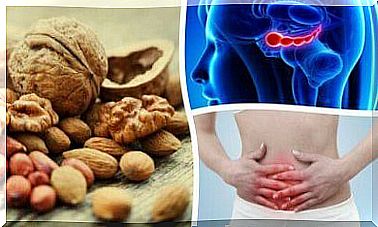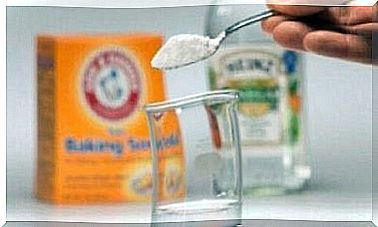10 Adverse Effects Of Stress On Your Appearance

Did you know that many of the factors that negatively affect your appearance are related to stress? So it’s worth trying to control things that are potential sources of stress so that they can’t create destruction even in your external being. In this article, we present 10 adverse effects of stress on your appearance.
Stress is a tension that occurs on both a physical and emotional level, which can occur as a result of frustrating, angry, or nervous situations, among other things – stress can be created by a great many things.
In small amounts, stress is considered normal and a good thing, as it can sometimes help a person avoid dangerous or bad situations. Usually, however, it produces negative effects, as stress often manifests itself in an uncontrollable manner, and in such circumstances it can impair a person’s quality of life.
Although stress most often manifests itself through a series of negative emotions, it has also been shown to cause noticeable physical symptoms that are difficult to treat.
Because stress causes an increase in hormones such as cortisol and adrenaline, among other things, your body undergoes certain changes during stress that affect both your health and your appearance.
Your skin is particularly prone to stress and most often shows changes that can be seen on both the face and body. In the following, we present 10 adverse effects of stress on your appearance – keep reading and think about what of these phenomena stress causes in your case.
10 adverse effects of stress on your appearance
1. Appearance of eye sacs
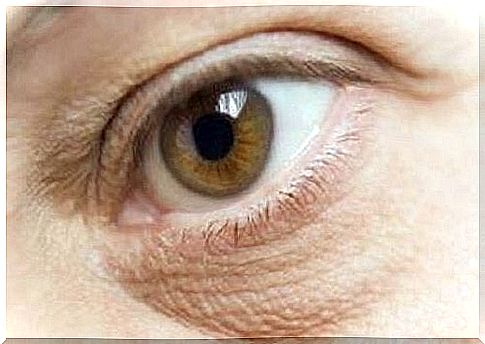
Stress, insomnia, and changes in the face are things that have a fairly clear connection to each other.
Worries, problems with your partner, and countless things on your to-do list can reduce the quality of your sleep as well as lead to the appearance of unpleasant eye bags.
This makes your skin and eyes look older and more tired, and the appearance of eye bags is something that is clearly related to the accumulation of fluid in the body.
2. Dry skin
Stress caused by stress also interferes with proper hydration of the skin. If this disturbance of moisture balance is unleashed, a person’s desire to drink water decreases, for instead he wants coffee or a soft drink.
The biggest problem here is that the body needs plenty of water to stay hydrated and get enough oxygen.
3. Acne and pimples
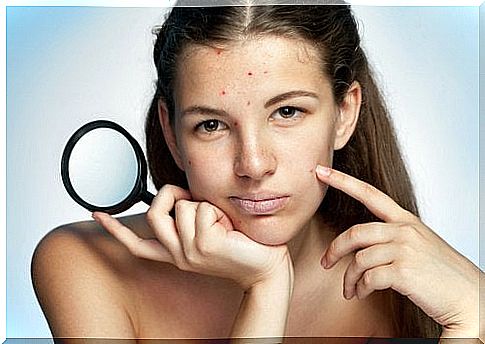
Stress has been shown to have a lot to do with acne, psoriasis, eczema and other common skin problems.
The secretion of cortisol creates a hormonal imbalance in the body that is manifested by the development of acne on the skin. Skin changes are noticeable both on the face and in other areas of the body.
Stress can also alter intestinal microbial growth, which plays an important role in human skin health.
4. Rash and urticaria
Rashes and hives are caused by an imbalance in the gut known as dysbiosis. This happens when low-quality bacteria invade the gut and prevent good microbes from working there, which protect human health.
5. Excessive hair loss
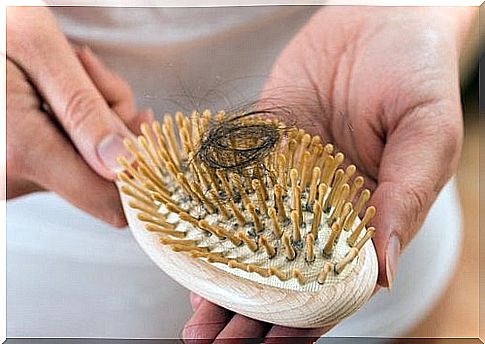
Sometimes profuse hair loss is due to the fact that a person is constantly exposed to stressful situations.
This disorder prevents the hair follicle from functioning properly and causes it to deteriorate, which then leads to an increase in hair loss.
6. Occurrence of premature wrinkles
If you do not try to reduce the amount of stress in your life, you will find that excessive secretion of cortisol causes, for example, an increase in blood pressure, weight gain and a decrease in collagen in your body.
This latest consequence causes the skin to start losing its elasticity, and thus you will get premature wrinkles. These appear on the face, neck and hands, among other things.
7. Graying of the hair
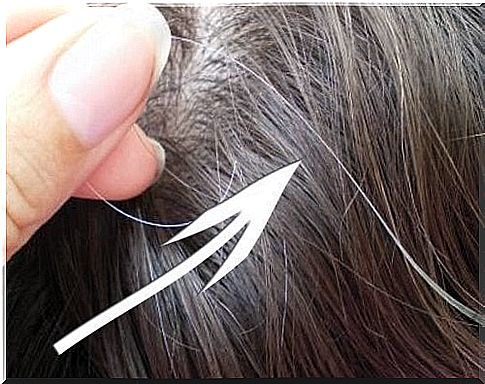
In addition to shedding, hair can also age prematurely due to stress. If you have a genetic predisposition to get gray hair, stress will further reduce the amount of melanin, which causes an increase in the amount of gray hair.
If you increase your intake of biotin, protein and vitamin E, you can reduce these negative effects to keep your hair strong and youthful.
8. Appearance of lines on the nails
The appearance of vertical lines on the nails is quite common and is associated with both the natural aging process of the body and nutrient deficiencies.
However, if these lines extend from the cuticle to the end of the nail, this is a clear sign that stress is affecting your body in a bad way.
9. Blisters in hands
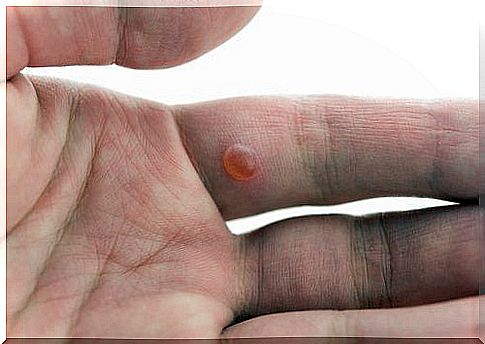
Occasionally, blisters may appear on the hands and may be thought of as a problem caused by a fungus or the like. However, this is a local illness called dyshidrosis, and this disorder is clearly related to long-lasting stress.
10. Impaired skin resistance
Skin experiencing the effects of stress is also more susceptible to irritants and inflammations that can affect skin health in general. Lack of control can increase the appearance of fungus, superficial burns, blemishes and pimples, and thus the skin begins to look older than it is.
As you can see from these symptoms, stress is about more than just emotions, and it is starting to affect your body in ways that may be surprising.
Although there are cosmetic products that can reduce these negative effects on the skin, it is important to solve the problem at the level of the cause. This will help you get rid of the harmful effects of stress on your health and also manage the adverse effects of stress on your appearance.







